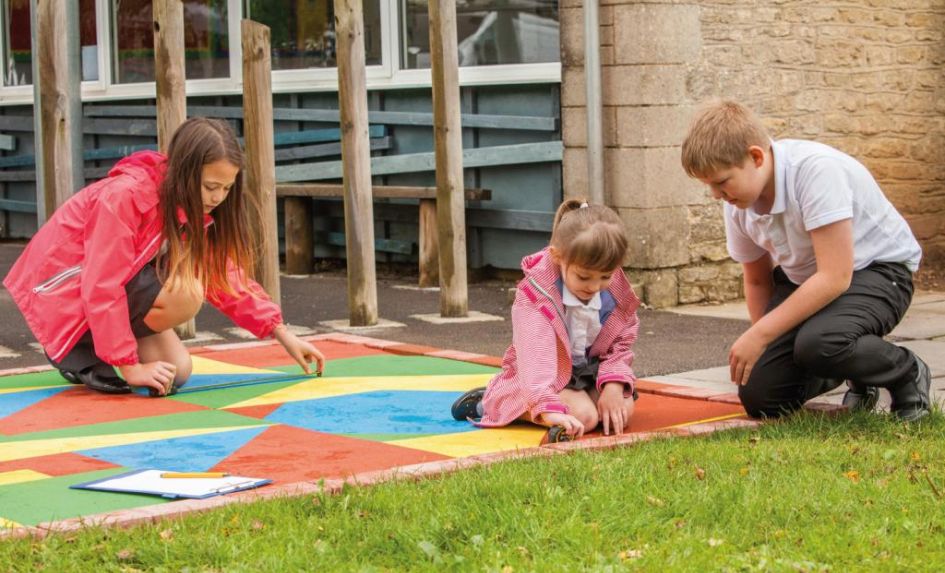After spending a large proportion of time in the Early Years Foundation Stage learning through play, it’s important to keep children engaged through outdoor play and exploration throughout Key Stage 1 and beyond.
In this critical stage of their primary education, the playground is not just a space to let off steam at breaktime but is also an extension of the classroom to support the whole curriculum.
Playground space is often at a premium, and many schools have a dedicated EYFS area with the rest of the school then sharing the main playground and often the same equipment. In this article, we look at three key ways to make sure that shared space,s such as this, support the needs of pupils between the ages of five and seven.
Physical activity
In KS1, children are developing the fundamental movement skills that are so important for both physical and cognitive development and these activities should be woven into all areas of the curriculum for this reason.
Supporting the core areas of agility, balance and co-ordination can be done using traditional play equipment such as trim trails and climbing walls or creating a multi-use games area for more formal PE activities and team games, as well as loose resources.
Providing opportunities for regular physical activity within a school environment is critical not just for children’s health but also for their development and academic success.
The key to this is to include increasing challenges that allow children to test their physical skills, starting with basic movements, progressing to more challenging tasks as children gain confidence and ability.
The curriculum outdoors
We don’t need to tell you that taking the curriculum outdoors is a great way for children to connect theory to the real world.
Mathematics is a great example of this and a precondition of success across all of the curriculum subjects. Size, shape, time and counting are all things that can easily be explored outdoors with some simple prompts.
Surfacing and line markings are a great way of doing this – think number lines, simple games with targets and scores to record and add up as well as outdoor stopwatches to record time and calculate speed.
As long as you are not too prescriptive about specific games, all of the above could be used in lessons for younger or older pupils depending on the activity, as well as during free play time.
Flexibility
In a limited space and with limited budgets, it’s important to make the best use of any spend in your playground.
Employ an expert to advise you on the best equipment to choose, while making the best use of your space. Many API members will provide free consultations to help you achieve this.
Remember to choose a supplier that can demonstrate their experience in designing school playgrounds specifically and one that takes the time to understand the needs of your individual school and which age ranges will be using different areas.
The Association of Play Industries (API) is the lead trade body in the play sector. It represents the interests of manufacturers, installers, designers and distributors of both outdoor and indoor play equipment and safer surfacing. The API promotes best practice and high-quality play provision within the play industry.










